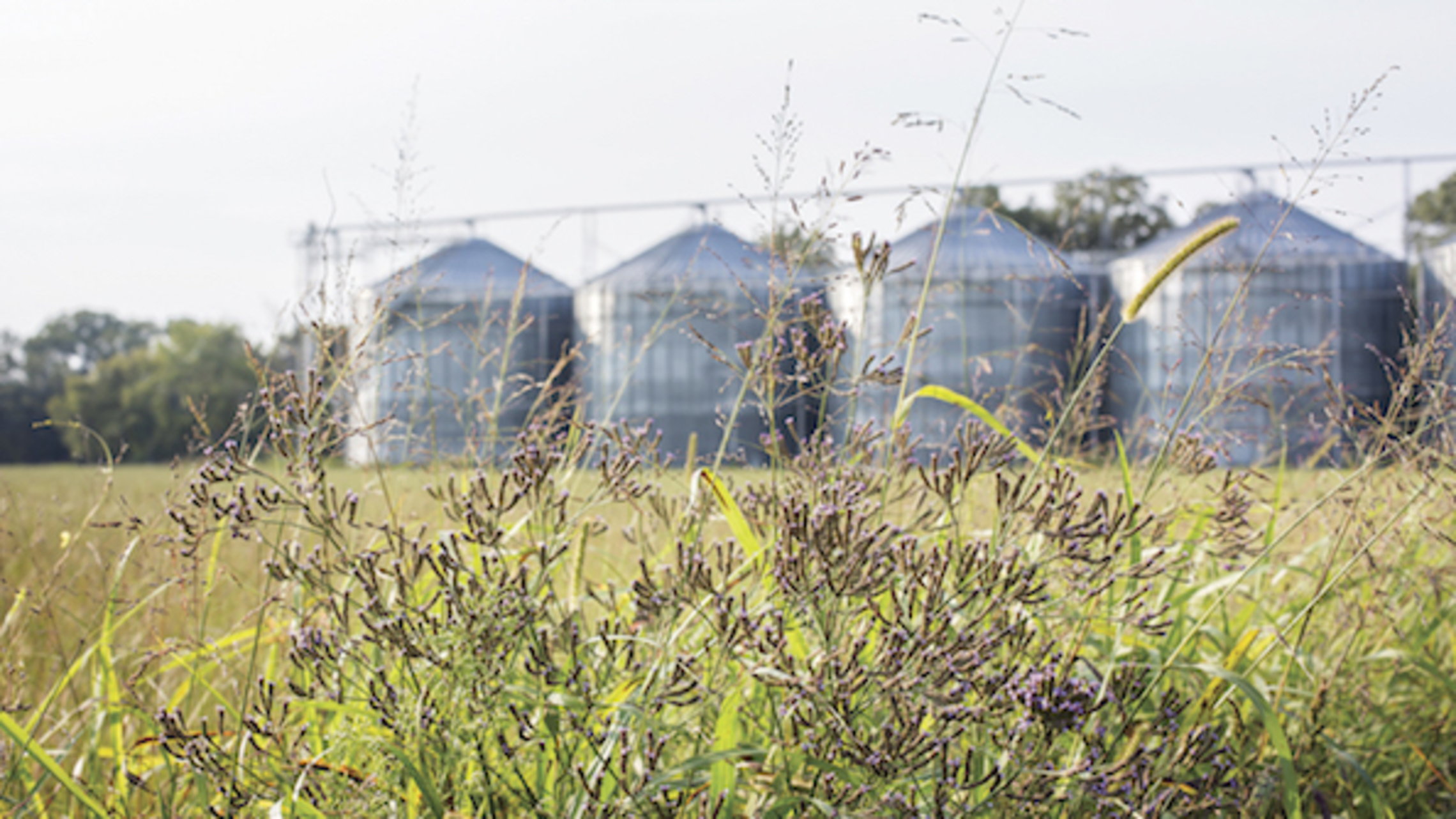Creating a successful pollinator habitat

A few tricks to planting blooming flowers that matter
Planting flowers is often-times beautiful and picturesque, but it’s only one component of creating a pollinator-friendly habitat. Pollinators, such as birds, bats, bees, butterflies, beetles and other small mammals, also need habitats filled with food, shelter and water sources.
Bloom all season long
Plant a variety of flowering plants that provide blooms from spring to fall, and you will give pollinators a food source all season long. When deciding on the blooming flowers to have in your habitat, it’s important to include native plants from your region, as they will become heartier, healthier plants.
For instance in Iowa, you can plant spring-blooming species, like woodland phlox or western yarrow and in the summer you can include nectar sources, such as crimson beebalm or blue giant hyssop. For the fall, try wingstem or blackeyed susan. You can also visit www.monarchmilkweedhabitat.com to see a full list of nectar sources native to your state.
Think of the full life cycle
Include plants to sustain all stages of a pollinators’ life cycle. Provide food sources not only for the adult pollinators but for the larvae or caterpillar stages, as well. For example, adult monarch butterflies feed on many kinds of blooming flowers, but their caterpillars feed exclusively on milkweed plants. The hummingbird moth will feed on nectar from a variety of flowers, but their larvae need more specific food, such as honeysuckle or dogbane.
Go wild
If you can, let a portion of your habitat go wild. This will provide shelter, food and nesting areas for many pollinators. Leave some leaf litter, dead wood and plants standing to provide spots for pollinators to live. Leaving your habitat untidy also helps with soil health and the number of insects that live underground.
For example, some adult species of the iconic firefly eat pollen and nectar from a variety of plants; however, the larvae need healthy soils filled with slimy worms and slugs to feast upon.
Give them water
Pollinators need water sources for different reasons, such as drinking and reproduction. For instance, butterflies can be found perching at shallow pools, mud puddles or even birdbaths to quench their thirst. You can simply add a birdbath, hang a dripping bottle or place a small container in your habitat. Change the water 2 to 3 times per week during warm weather. We want to help pollinators, not breed more mosquitoes.
Most important, spread the word. One pollinator habitat is good, but an entire neighborhood or community of them is marvelous! To learn more about what BASF is doing to help pollinators, such as the monarch butterfly, visit www.MonarchChallenge.com.
About BASF’s Agricultural Solutions division
With a rapidly growing population, the world is increasingly dependent on our ability to develop and maintain sustainable agriculture and healthy environments. Working with farmers, agricultural professionals, pest management experts and others, it is our role to help make this possible. That’s why we invest in a strong R&D pipeline and broad portfolio, including seeds and traits, chemical and biological crop protection, soil management, plant health, pest control and digital farming. With expert teams in the lab, field, office and in production, we connect innovative thinking and down-to-earth action to create real world ideas that work – for farmers, society and the planet. In 2018, our division generated sales of €6.2 billion. For more information, please visit www.agriculture.basf.com or any of our social media channels.
About BASF
BASF Corporation, headquartered in Florham Park, New Jersey, is the North American affiliate of BASF SE, Ludwigshafen, Germany. BASF has more than 20,000 employees in North America and had sales of $19.7 billion in 2018. For more information about BASF’s North American operations, visit www.basf.com.
At BASF, we create chemistry for a sustainable future. We combine economic success with environmental protection and social responsibility. The approximately 122,000 employees in the BASF Group work on contributing to the success of our customers in nearly all sectors and almost every country in the world. Our portfolio is organized into six segments: Chemicals, Materials, Industrial Solutions, Surface Technologies, Nutrition & Care and Agricultural Solutions. BASF generated sales of around €63 billion in 2018. BASF shares are traded on the stock exchange in Frankfurt (BAS) and as American Depositary Receipts (BASFY) in the U.S. Further information at www.basf.com.
